
Editorial Staff: Latest Articles

Leveraging Technology to Create Compelling Ad Campaigns
Today, technology plays a significant role in nearly every aspect of our lives, and advertising is no exception. With the right tech tools and strategies, anyone can create outstanding ad campaigns. If you're curious about how to harness the power of technology for crafting compelling ads, you're in the right place. In this guide, we'll walk you through some simple yet effective ways to leverage technology to your advantage.
 by Editorial Staff
by Editorial Staff
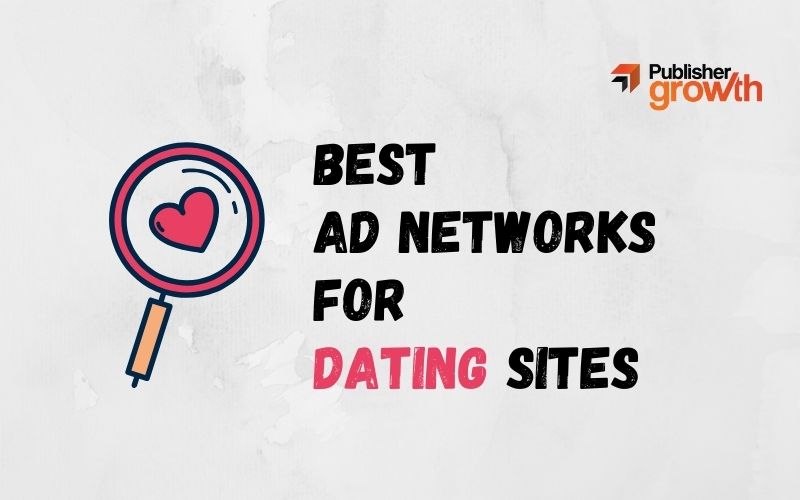
The 7 Best Ad Networks for Dating Sites
A huge trend among teenagers, dating apps have a huge future ahead. The industry of online dating is constantly evolving and this also leads to greater competition and makes it important to attract the right audience if you wish to succeed. Using the power of good ad networks has always been an excellent strategy to increase visibility, get new users and boost revenue. Find out more about the best ad networks for dating sites and their key features and benefits.
 by Editorial Staff
by Editorial Staff
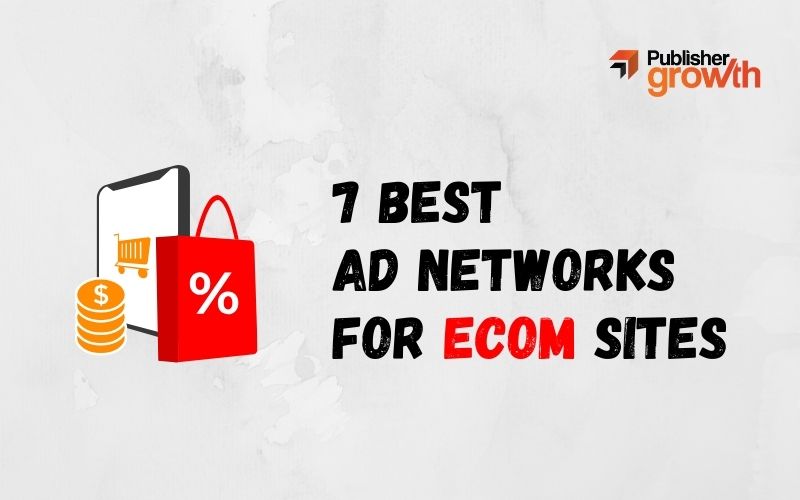
The 7 Best Ad Networks for Ecommerce Sites
In this age of vast ecommerce opportunities, publishers are steering towards eCommerce and affiliate monetization models in order to better and diversify revenue streams. This move is very strategic and can be overwhelming too, which makes it necessary for publishers to choose the best ad network for eCommerce sites. Using eCommerce ad networks, publishers can level up their publishing strategy, connect with global advertisers, optimize ad placements and drive more revenue. Read up this list of the best ad networks for eCommerce sites and find out the features, benefits and more of the listed networks.
 by Editorial Staff
by Editorial Staff
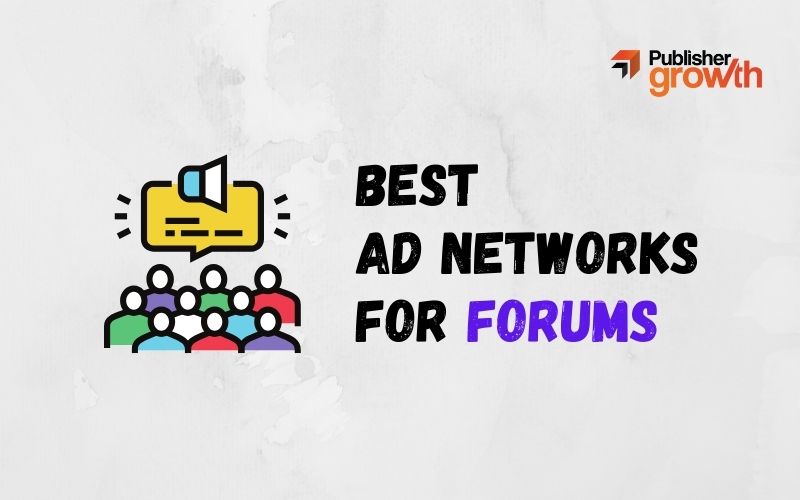
The 7 Best Ad Networks for Forum or Community Sites
For the vast realm of online forums and online communities, publishers have a major role to play in creating and nurturing engagement and connections. Ad networks are the intermediaries that buy and sell ad inventories from publishers to advertisers. This article serves as a comprehensive guide for publishers, uncovering the seven best ad networks tailored for forum or community sites. Explore key features, benefits, and strategies to enhance revenue while maintaining a positive user experience.
 by Editorial Staff
by Editorial Staff
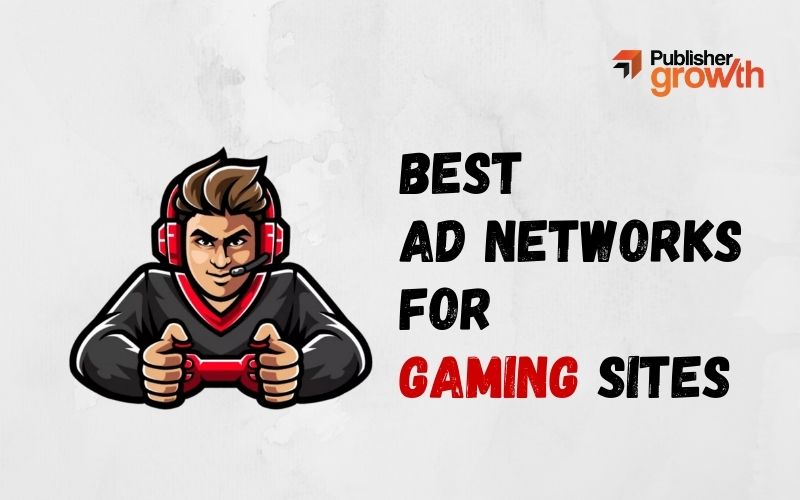
The 7 Best Ad Networks for Gaming Sites
In the gaming sector, most ad networks are aiming towards audience monetization. However, it is quite difficult to get customers to make in-app purchases and mobile ads remain one of the best ways to monetize the free games. All ad campaigns have a broad range and ad networks help you find the right ad space. The ad networks facilitate a connection between app developers and advertisers and helps the former monetize and helps the latter create more targeted ad campaigns.
 by Editorial Staff
by Editorial Staff
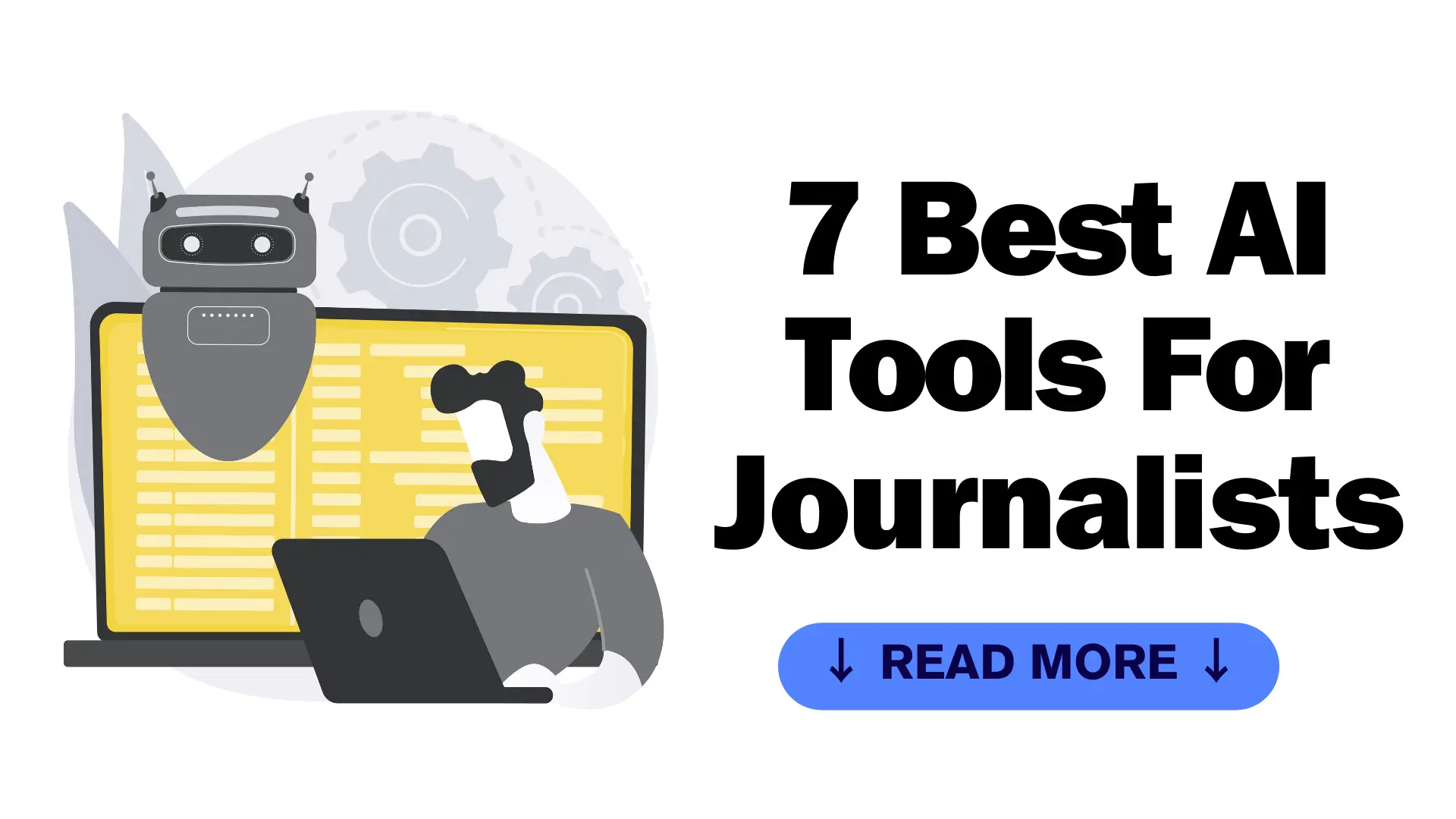
7 Must-Have AI Tools for Journalists in 2026
From crafting compelling narratives to identifying hidden trends, AI tools are transforming the journalist's toolkit, offering a range of possibilities to write better stories, streamline tasks, and uncover deeper insights. While AI tools have its potential challenges, if used mindfully, cutting-edge AI tools can deliver accuracy, scalability and efficiency, enabling reporters to focus their efforts on more journalistic tasks instead. AI can assist journalism in so many ways, such as generating headlines, facilitating the analysis of large data sets, conducting grammar and style checks, paraphrasing, content detection and even transcribing verbal interviews into written text. With the sheer amount of benefits and flexibility these tools have to offer, it is worth looking into the 7 must-have AI tools for journalists in 2026. But, before we delve into our list, let’s talk about how to select the ideal one for your needs.
 by Editorial Staff
by Editorial Staff
-1708757442.png)
The 7 Best AdSense Alternatives in Australia
The quest for effective monetization strategies is an ongoing challenge for bloggers and publishers in Australia, given to its limited audience set. Although Google continues to be a popular choice, the industry is slowly making its way towards niche based adtech solutions that can offer more competitive CPM rates. In this article, we are going to explore some of the best alternatives to AdSense, examine their key features and the added benefits for publishers.
 by Editorial Staff
by Editorial Staff

7 Best SMS Plugins for WordPress
Communication reigns supreme in the digital world we are thriving in. Hence, as WordPress continues to dominate as the leading content management system, web admins and digital marketers are rediscovering the power of SMS. Since smartphones are essentially an extension of ourselves, SMS plugins offer unique opportunities to bridge the gap between mobile devices and websites. This article explores WordPress's seven best SMS plugins. Each plugin has been meticulously selected to enhance your website’s communication strategy, elevate engagement, and streamline notifications. From automated alerts to personalized marketing campaigns, we've got it all covered!
 by Editorial Staff
by Editorial Staff
-1706556639.webp)
LinkStorm Review: Your Comprehensive Internal Linking Tool
As websites become more significant and complex, there are many factors to consider in a bid to rank on Google. You need to optimize your website to stand out against competitors and be visible on search engines. Web admins spend long hours writing and publishing high-quality content to rank in SERP. However, since ranking is about more than just having quality content, there are many factors that can affect your performance on search engines. One of these is internal linking, which is mostly overlooked by many. An effective internal linking strategy is essential to achieving visibility in search engine page results. Do you manually add internal links to your website content? If yes, stop it now; LinkStorm is the perfect tool for you. Let us learn about what it can do for you in this comprehensive LinkStorm review:
 by Editorial Staff
by Editorial Staff






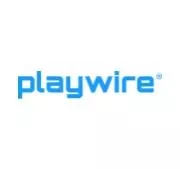










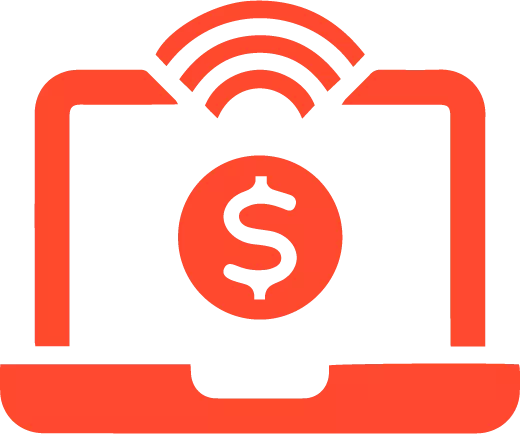

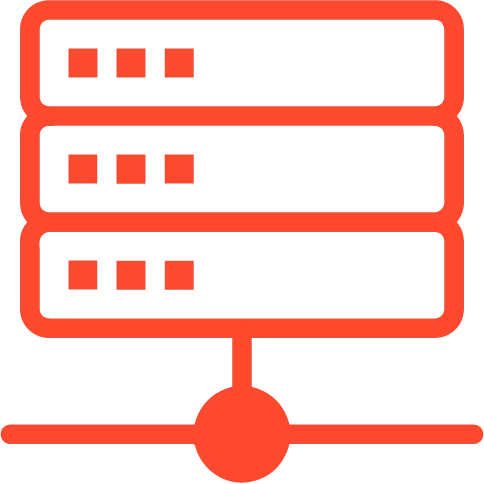



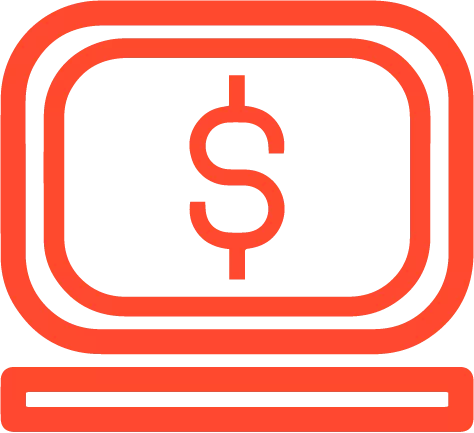
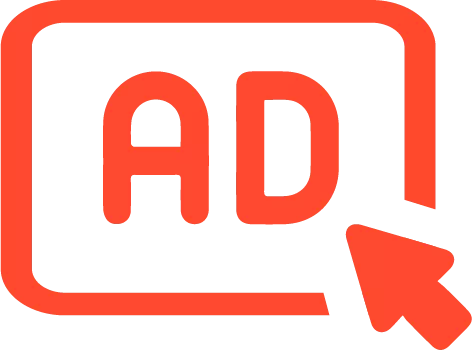





-1668044393.jpeg)